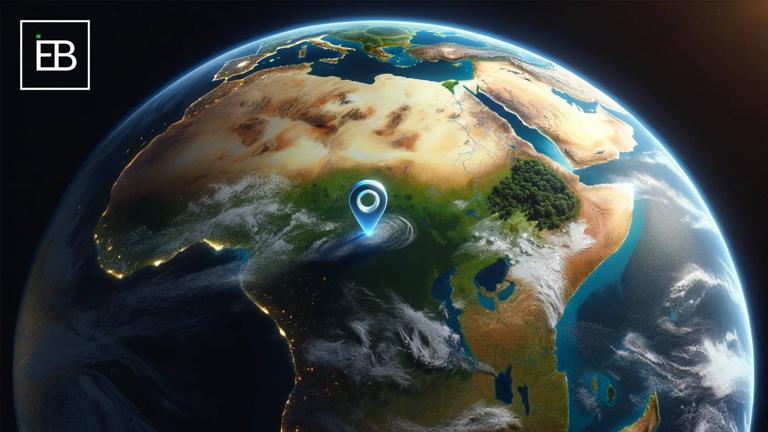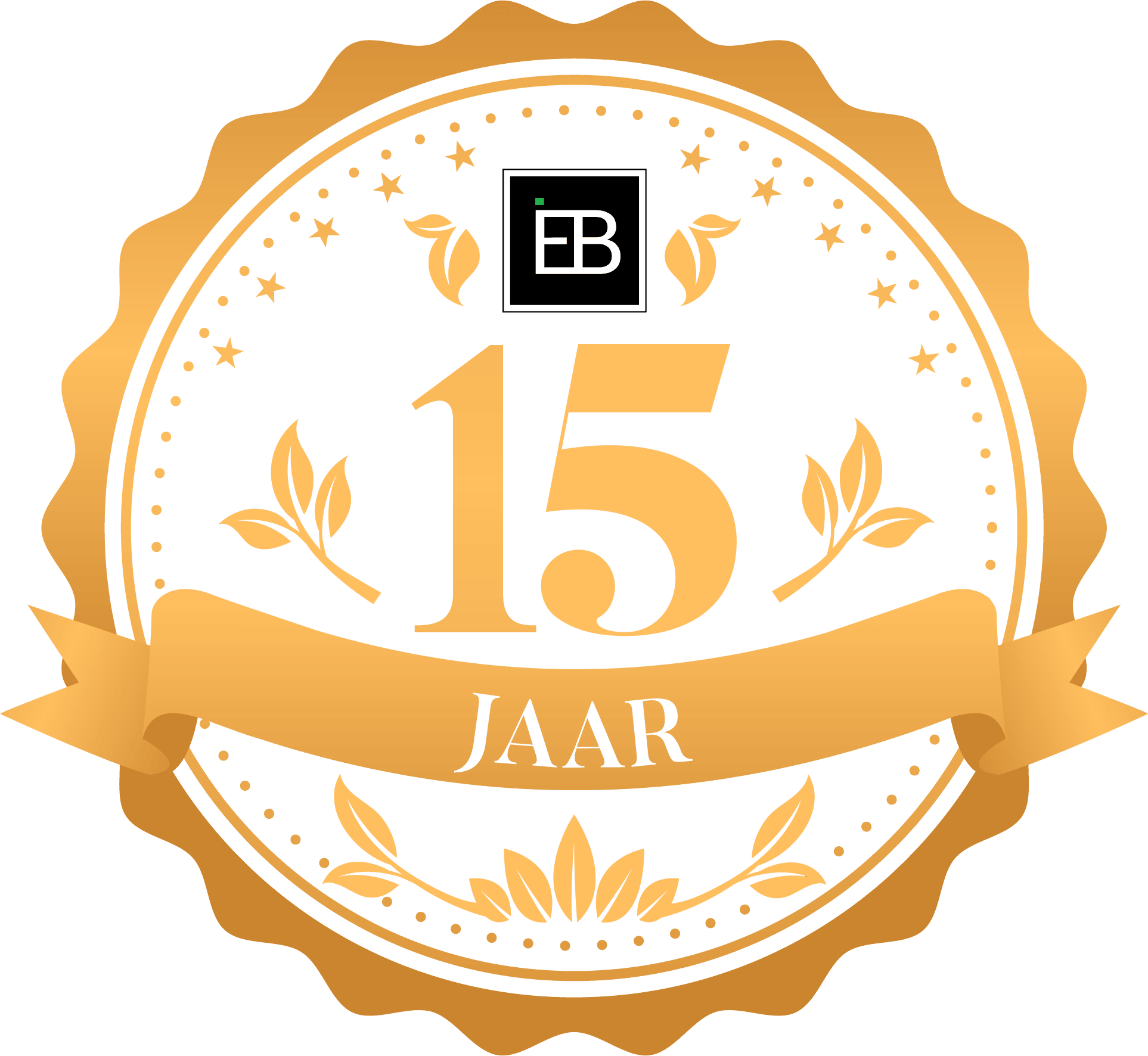According to the regulations, operators and traders who are not small businesses must collect the geographical coordinates of the plots of land on which their raw materials are produced. This is called “geolocation” in English, translated: “geolocalization”.
Geolocation is the collection of these geographical coordinates, also known as traceability to the field. This is necessary within the EUDR to prove that no deforestation is taking place at those specific locations.
Some parts of the industry and some certification organizations already use geographic information to link the origin of products to specific plots of land. Remote information, such as aerial photographs and satellite images, or other data, such as photographs with geographical markers and time stamps, can be used to verify that the specified location of raw materials and products is not linked to deforestation.
These geographic coordinates must be included in the due diligence declarations that companies must submit before marketing or exporting their products. This is an essential part of the regulation because it is prohibited to market or export products if the geographic coordinates have not yet been collected and submitted as part of the due diligence declaration.
Collecting geographic coordinates of a piece of land can be done using cell phones, portable Global Navigation Satellite System (GNSS) devices, and freely available digital tools such as Geographic Information Systems (GIS). These processes do not require mobile network coverage, just a strong GNSS signal, similar to Galileo.
The geolocations must to be supplied in accordance with the “EUDR GeoJSON” file format.
For plots of land larger than 4 hectares, used for the production of goods other than livestock, the geographical coordinates must be given in the form of polygons, which means that latitude and longitude points of six decimal places are used to determine the perimeter of each plot to describe. For tracts of land smaller than 4 hectares, businesses (including non-small businesses) can use either a polygon or a single point with latitude and longitude of six decimal places to provide geographic location. For livestock facilities, a single geographic coordinate can be used to describe the location.


